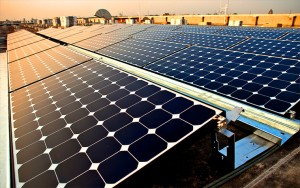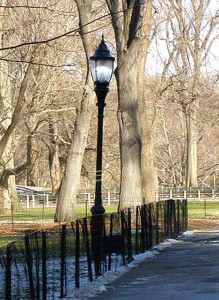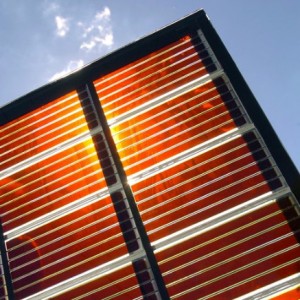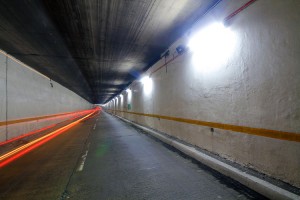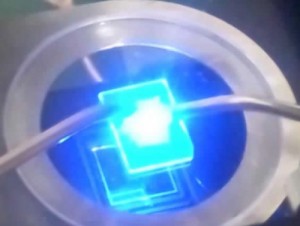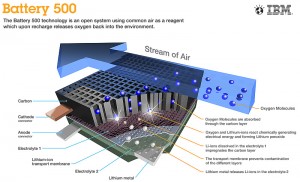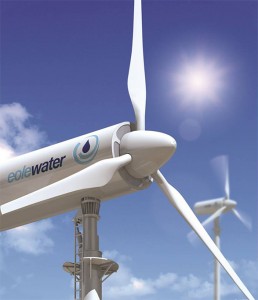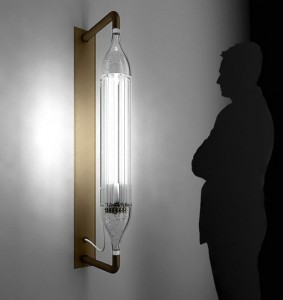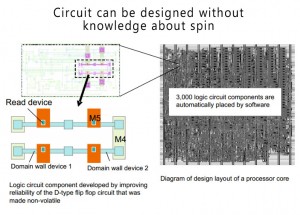
Researchers at NEC Corporation and Tohoku University have developed the worlds first technology for improving the reliability of spintronics logic integrated circuits. The intention is to reduce the standby power of electronic devices to zero.
Spintronics logic integrated circuits use two of the properties of electrons, namely negative charge and spin, one of the properties of electrons that makes them behave like tiny magnets. By flipping the polarity of these tiny magnets between “north” and “south” according to the direction of an electric current, it is possible to remember the results of a calculation. The behavior of this technology has been verified and proven by using a prototype chip.
Continue reading “NEC and Tohoku improve Spintronics Logic Integrated Circuits”

